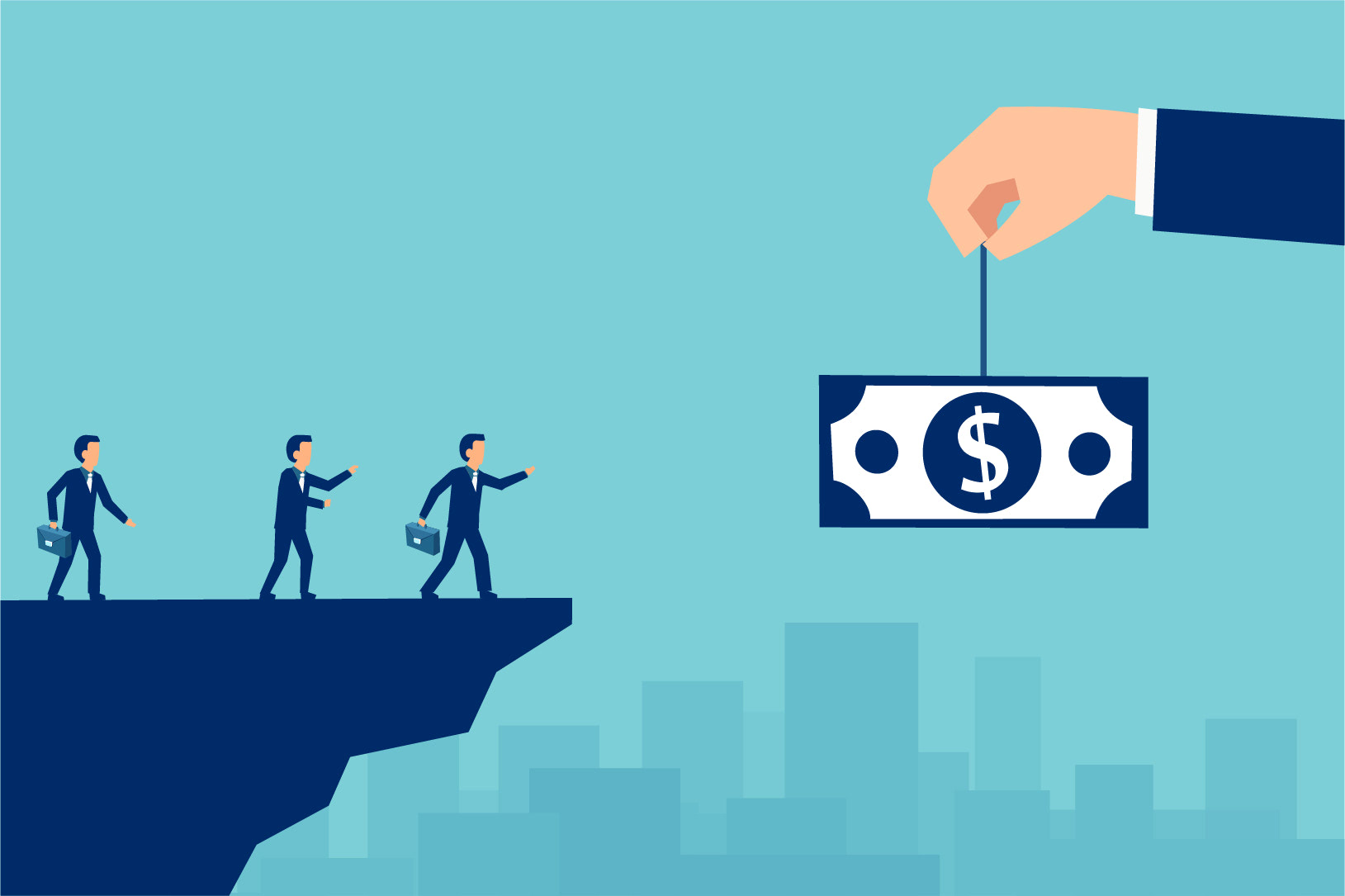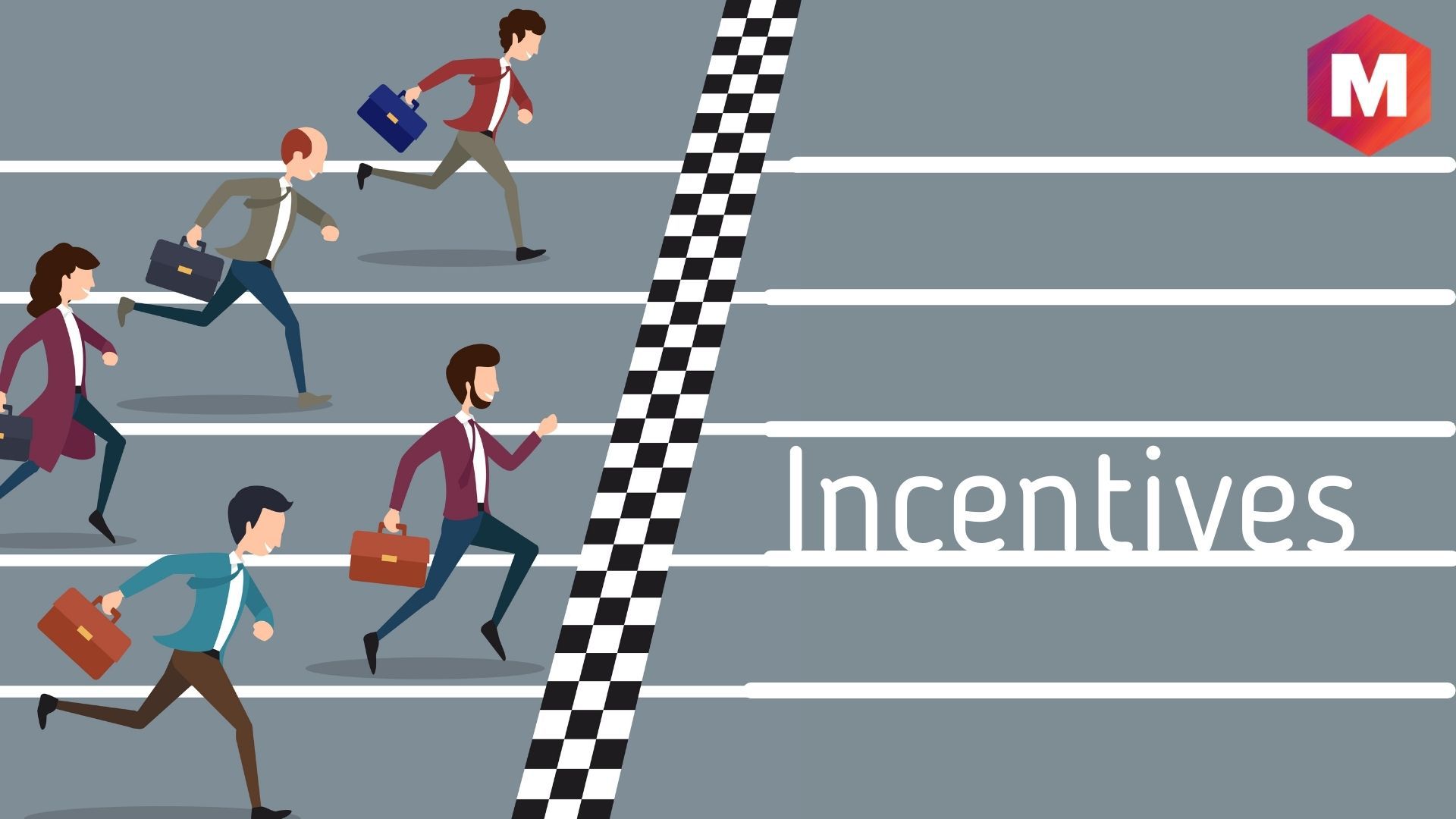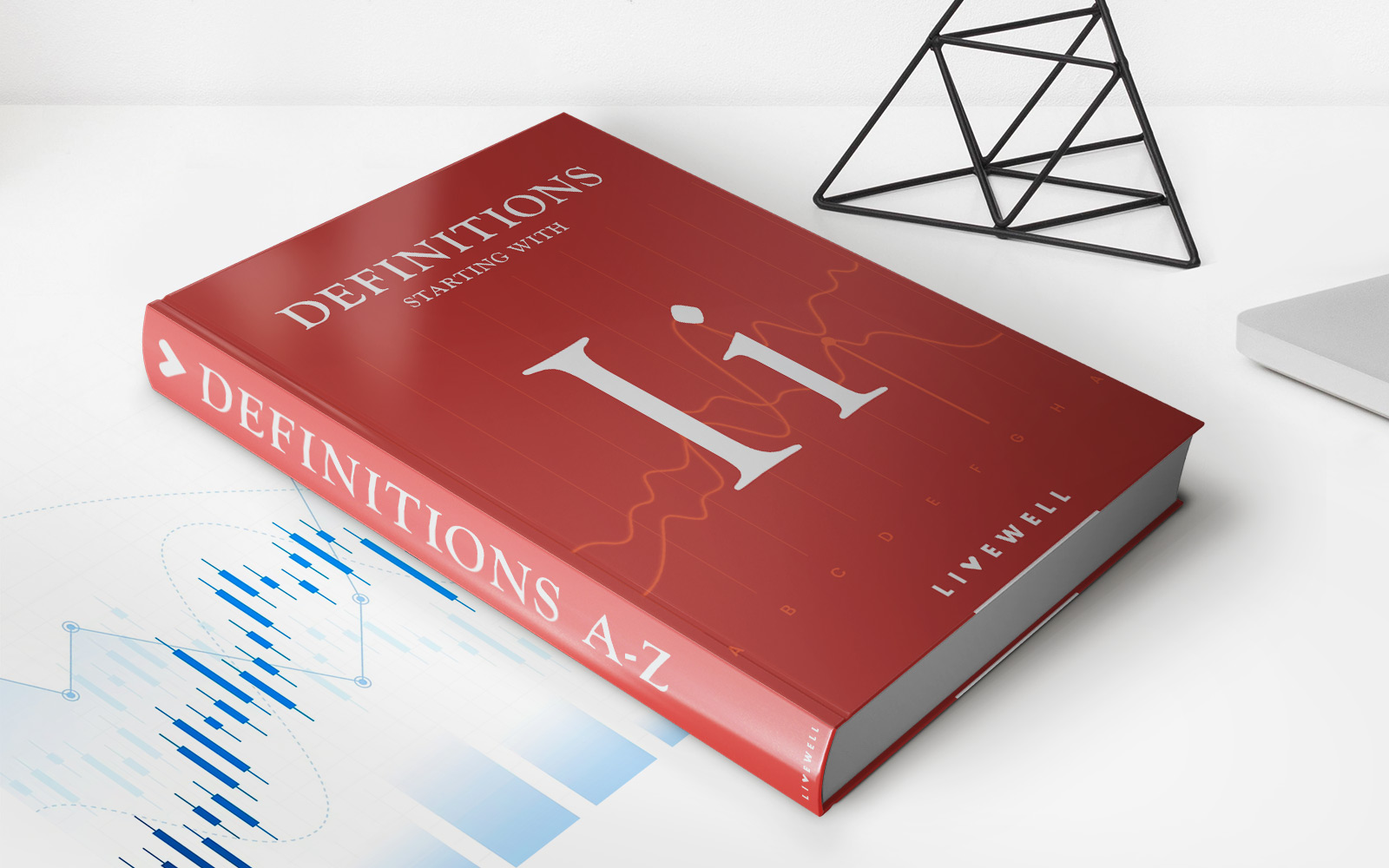Have you ever wondered what truly makes people tick, especially when it comes to making choices about what to buy or where to put their attention? It's a pretty big question for anyone looking to connect with others, whether you're a business owner or just trying to get folks involved in a good cause. As a matter of fact, getting people to take a specific step, like trying a new product or signing up for something, often comes down to offering a little something extra.
This idea, this way of getting people to act, is really at the heart of what we call incentives in marketing. It’s about giving a small offer or a nice reward for doing something you'd like them to do. Think of it like a friendly "you scratch my back, I'll scratch yours" kind of deal, where both sides get something good out of it. It's a way to gently nudge someone in a certain direction, making their decision a bit easier and more appealing.
So, what exactly does "incentives definition marketing" mean for you and your goals? We're going to explore this concept, looking at how rewards can shape actions, why this approach is so useful, and how you can use it effectively. We'll also touch on some common questions people have about this topic, so you get a very clear picture.
Table of Contents
- What Are Incentives in Marketing?
- How Incentives Work in Practice
- The Many Forms of Marketing Incentives
- Making Incentive Marketing Effective
- Frequently Asked Questions About Incentives Marketing
- Wrapping Up: Incentives in Marketing
What Are Incentives in Marketing?
The Core Idea
At its simplest, an incentive in marketing refers to a reward, an offer, or some kind of benefit that's put out there to influence how a customer behaves. It’s a measure, or perhaps an offer, designed to positively affect the actions of customers, business partners, or even people who work for a company. This is about promoting a desired action, like making a purchase, completing a survey, or telling friends about a business. It’s quite literally about leveraging incentives to motivate desired actions from consumers, you know, whether it's making a purchase or signing up for a service.
So, when we talk about "incentives definition marketing," we're really talking about a promotional strategy. This strategy involves giving consumers rewards, discounts, or other benefits to get them to engage with a brand or buy something. It's a pretty powerful marketing approach that uses perks or valuable things to motivate your target audience to take specific actions. It’s all about offering something valuable, something that makes the action more appealing.
Why Incentives Matter
Incentives in marketing are strategies that encourage customers to take particular steps. This could be anything from making a purchase to signing up for a newsletter or even sharing a brand’s content. They serve as catalysts, prompting individuals to take action. It's like, these rewards are given by a business to current and potential customers to promote conversions. These conversions could include initial purchasing, repeat purchasing, or even visiting a website.
This approach is a method used in marketing to reach an objective. An incentive, in this context, might be a promotional code, a discount rate, a gift card, a digital gift, or even a physical gift. It’s about using prizes and rewards to market or advertise a product, or to encourage people to buy or sell it. You could say, it's a way of rewarding prospects and customers through gifts, rebates, and more for doing things that move them along their journey with your business.
How Incentives Work in Practice
Driving Specific Actions
The beauty of incentive marketing is how directly it ties an action to a reward. It’s about how the action and the reward are connected. For instance, if you want someone to sign up for your email list, you might offer a discount code. If you're hoping to get them to buy something right away, a limited-time offer might do the trick. Incentive marketing, in a way, offers people a small offer or reward in return for completing a certain action. This is a very direct way to encourage people.
This strategy uses rewards or benefits to motivate customers or employees to take specific actions, like making a purchase or reaching certain goals. It's a type of marketing strategy that uses rewards or incentives to motivate customers or employees to take specific actions, such as making a purchase, completing a survey, or referring friends to a business. So, in the context of promotions and loyalty, incentives encourage specific actions—such as making a purchase. This is pretty clear, isn't it?
Moving Through the Customer Journey
Incentives aren't just for that first purchase, you know. They can be used at various stages of a customer's journey with a brand. Imagine a new customer making their first buy – an incentive could seal the deal. Then, to keep them coming back, a loyalty program with points or exclusive discounts acts as a continued incentive. This approach is all about moving people from one stage to the next, encouraging repeat business and building lasting relationships.
It's a strategy that uses rewards, discounts, or other incentives to motivate customers to take a specific action, such as signing up for a newsletter or making a purchase. This means you can use incentives to get someone to simply learn more about your brand, then to make a first purchase, then to become a loyal, repeat customer, and even to tell others about you. It's a rather versatile tool for guiding customer behavior over time.
The Many Forms of Marketing Incentives
Common Types of Rewards
The kinds of rewards you can offer are pretty varied, honestly. Incentive marketing uses rewards like gift cards, discounts, and sweepstakes to drive customer actions that boost your bottom line. These can be monetary, like a percentage off a purchase, or non-monetary, like exclusive access to content or early product releases. The key is that the reward must be something the customer values, something that feels like a real benefit.
Think about it: a free cruise voucher after an online presentation, as mentioned in "My text," is a significant incentive for some. Or, for a charity stream, setting goals like reaching 50 or 100 donations and then doing "bigger things" like letting the chat pick the next game, that's a creative use of incentives. These rewards are tangible benefits offered by businesses to encourage specific actions or behaviors from customers, prospects, or partners.
Beyond the Transaction
Incentives aren't just for direct sales, though. They can be used for things like getting people to complete applications, as seen with scholarship applications where you can save and return later. That "save and come back later" feature is an incentive to start the process, knowing you don't have to finish it all at once. Similarly, dashboard access to update information with programs and services can be an incentive for continued engagement.
Even something like belonging to a children's forum can satisfy a professional organization requirement for credential renewal, which is a powerful incentive for professionals in that field. It's about recognizing what truly motivates someone and then offering a reward that aligns with that motivation. This means incentives can go beyond just discounts and actually help people achieve their personal or professional goals, which is a pretty deep connection.
Making Incentive Marketing Effective
Understanding Your Audience
To make incentives work well, you really need to know who you're trying to reach. What do they value? What kinds of rewards would genuinely excite them? For example, someone looking to buy a new truck might be very interested in when Ford typically offers the best incentives, because current offers might seem a bit weak. This shows that the incentive needs to match the audience's needs and desires. A generic offer might not get the desired result.
It's about making sure the reward is something truly appealing to the person you're trying to influence. If you're hosting a charity stream and need ideas for donation milestones or incentives, you want to make it fun and entertaining for those watching. That means the rewards should resonate with *them*, like letting them pick the next game or doing something special based on their input. This personal touch is often what makes an incentive truly effective.
Clear Goals and Offers
For an incentive program to really hit its mark, the goal you're trying to achieve needs to be super clear. And, the offer itself has to be easy to understand. People need to know exactly what they need to do to get the reward, and what that reward actually is. If it's too complicated, or the reward isn't clear, people might just skip it.
For instance, if you're offering a voucher, making sure the site to claim the reward is straightforward, like www.rewardsandincentives.com, is important. Any confusion or difficulty in claiming the reward can actually turn people off. The action and the reward should be simply stated, so there's no guesswork involved. This directness helps people feel confident in participating, which is pretty important for success.
Frequently Asked Questions About Incentives Marketing
What is an incentive in marketing?
An incentive in marketing is basically a reward, an offer, or a benefit that's put out there to get someone to do a specific thing. It's designed to positively influence customer behavior, like making a purchase, signing up for something, or referring a friend. It's a way to give people a little extra reason to take an action you'd like them to take.
Why are incentives important in marketing?
Incentives are important because they act as a strong motivator. They can encourage initial purchases, get customers to come back again, and even help spread the word about your business. They serve as catalysts, prompting individuals to take action they might not otherwise consider, helping to move them along their journey with your brand.
What are some common types of marketing incentives?
Common types of marketing incentives include discounts, gift cards, rebates, free samples, exclusive access to content, loyalty program points, or even entry into sweepstakes. They can also be non-monetary, like early access to products or special recognition. The best ones are those that truly appeal to the audience you're trying to reach.
Wrapping Up: Incentives in Marketing
So, as we've talked about, understanding "incentives definition marketing" means recognizing that it's a powerful way to guide customer behavior. It's about offering something valuable in return for a desired action, creating a win-win situation for both your business and your customers. From encouraging a first purchase to building lasting loyalty, incentives serve as effective tools to connect with people and motivate them.
Thinking about how to use incentives in your own efforts is a great next step. Consider what actions you want people to take, and what kinds of rewards would truly resonate with them. For more ideas on how different strategies work, you might find it helpful to learn more about customer engagement tactics that use similar principles. You can also learn more about effective communication on our site, and link to this page for more detailed strategies.



Detail Author:
- Name : Ansley Mraz
- Username : layne12
- Email : toy.beahan@gmail.com
- Birthdate : 1982-01-30
- Address : 126 Erich Mountains Lake Milford, AR 93763
- Phone : +1.661.877.3745
- Company : Ortiz, Shields and Schneider
- Job : Marine Oiler
- Bio : Debitis voluptate doloremque reprehenderit debitis maxime corrupti. At et et dicta itaque.
Socials
instagram:
- url : https://instagram.com/ckuvalis
- username : ckuvalis
- bio : Nesciunt impedit omnis consectetur dolor sequi modi. Aut dolores neque harum ea non totam quisquam.
- followers : 1220
- following : 1999
facebook:
- url : https://facebook.com/ckuvalis
- username : ckuvalis
- bio : Incidunt sed maxime ipsa enim fugit inventore cumque placeat.
- followers : 2951
- following : 2043